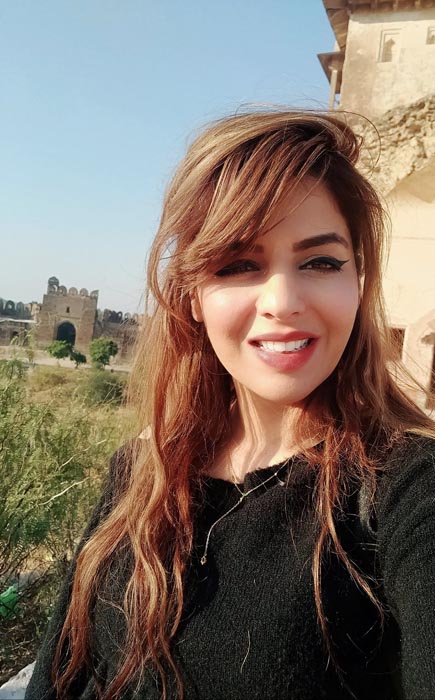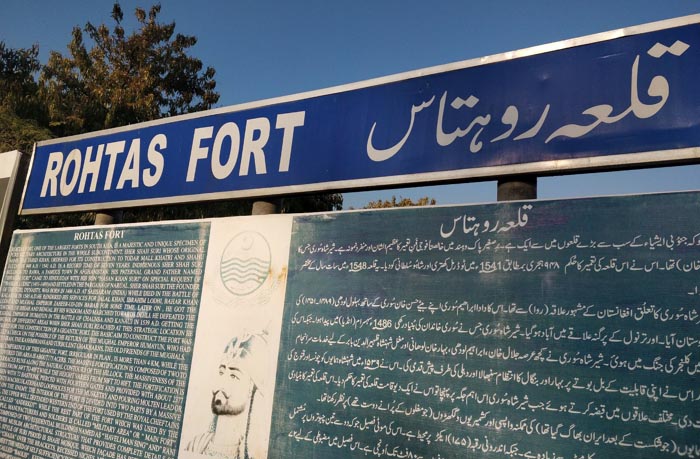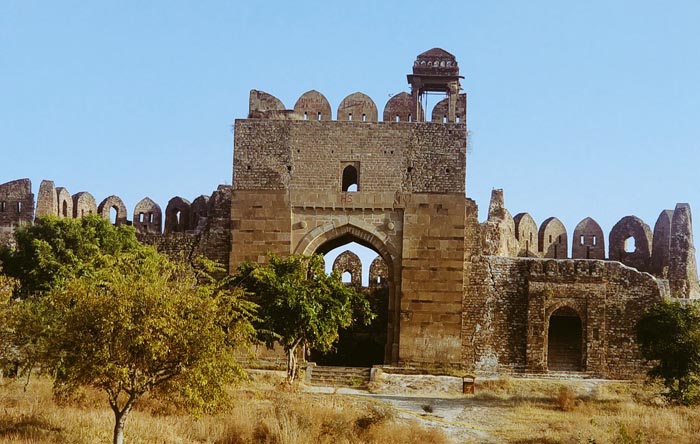
Fouzia Younis visits Rohtas Fort
Newswire
Islamabad: Director of Communication at the British High Commission in Islamabad Fouzia Younis visited Rohtas Fort this week.

“Finally visited UNESCO World Heritage Site Rohtas Fort or Qila Rohtas as my mum corrected me! So much rich history in the Potohar plateau and links to the UK (Fort is near Dina/Jhelum). Lovely to walk and learn,” she said on Twitter.
Rohtas Fort, built in the 16th century at a strategic site in the north of Pakistan, Province of Punjab, is an exceptional example of early Muslim military architecture in central and south Asia.
The main fortifications of this 70-hectare garrison consist of massive masonry walls more than four kilometres in circumference, lined with 68 bastions and pierced at strategic points by 12 monumental gateways. A blend of architectural and artistic traditions from elsewhere in the Islamic world, the fort had a profound influence on the development of architectural style in the Mughal Empire.

Sher Sha Suri, founder of the Suri dynasty, commenced construction of Rohtas Fort (also called Qila Rohtas) in 1541. Irregular in plan, this early example of Muslim military architecture follows the contours of its hilltop site. An interior wall partitions the inner citadel from the remainder of the fort, and an internal water supply in the form of baolis (stepped wells) gave the fort’s garrison self-sufficiency in water. A beautiful mosque known as Shahi Masjid is situated near the Kabuli Gate, and the Haveli (Palatial House) Man Singh was constructed later in the Mughal period. Rohtas Fort represented a new form of fortification, based essentially on Turkish military architecture developed in reaction to the introduction of gunpowder and cannon, but transformed into a distinct style of its own.
Rohtas Fort blended architectural and artistic traditions from Turkey and the Indian subcontinent, thereby creating the model for Mughal architecture and its subsequent refinements and adaptations (including the European colonial architecture that made abundant use of that tradition). Most noteworthy are the sophistication and high artistic value of its decorative elements, notably its high- and low-relief carvings, its calligraphic inscriptions in marble and sandstone, its plaster decoration, and its glazed tiles.

The garrison complex was in continuous use until 1707, and then reoccupied under the Durrani and Sikh rulers of the 18th and 19th centuries respectively. A village grew within the walls, and exists day. Rohtas Fort is unique: there are no surviving examples on the subcontinent of military architecture of this period on the same scale and with the same degree of completeness and preservation.
Within the boundaries of the property are located all the elements and components necessary to express the Outstanding Universal Value of the property, including its massive defensive walls, monumental gateways, irregularly spaced semi-circular bastions, and, within the enclosure, the cross wall that defines the inner citadel, the baolis (stepped wells), the Haveli Man Singh, and the Shahi Masjid mosque.

The physical fabric of most of these elements and components is in a reasonable state of conservation. The fortification wall, however, has collapsed at some places, and the monument is threatened by encroachment, which has disturbed the original drainage system of the fort.
